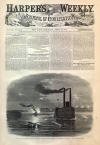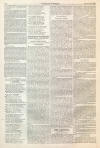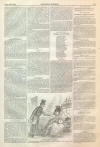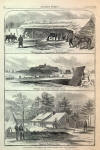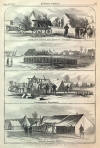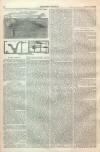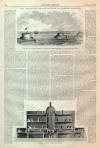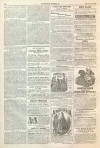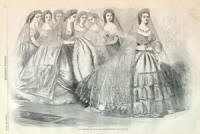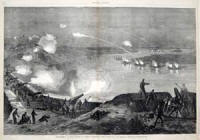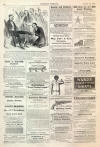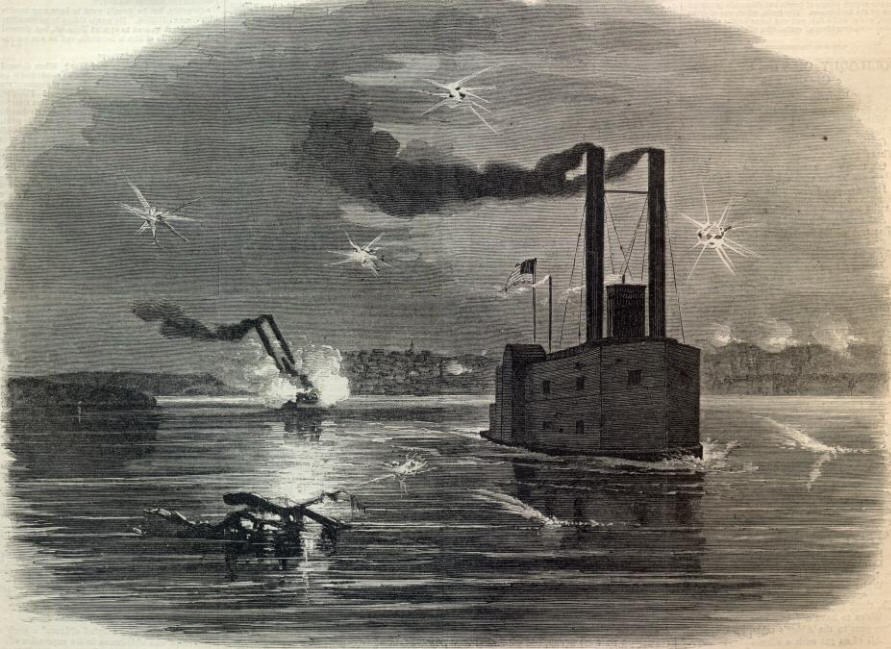|
This Site:
Civil War
Civil War Overview
Civil War 1861
Civil War 1862
Civil War 1863
Civil War 1864
Civil War 1865
Civil War Battles
Confederate Generals
Union Generals
Confederate History
Robert E. Lee
Civil War Medicine
Lincoln Assassination
Slavery
Site Search
Civil War Links
Civil War Art
Mexican War
Republic of Texas
Indians
Winslow Homer
Thomas Nast
Mathew Brady
Western Art
Civil War Gifts
Robert E. Lee Portrait
|
Entered according to Act of Congress,
in the Year 1863, by Harper & Brothers, in the Clerk's Office of the District
Court for the Southern District of New York.
RUNNING THE VICKSBURG
BLOCKADE.
WE publish on this
page a drawing from a sketch by our
special artist, Mr. Theodore R. Davis, representing
the unsuccessful effort of the rams
Switzerland and
Lancaster to run the Vicksburg batteries
on the night of 25-26th March. A rebel account mentioned the attempt of the
rams, and stated that both were disabled and one sunk. A Union account says:
"Last Wednesday evening the rams
Lancaster and
Switzerland undertook to run the batteries at Vicksburg. As soon as they
came within range the rebels opened a tremendous fire. The
Lancaster was struck thirty times. Her entire bow was shot away, causing
her to sink immediately, turning a complete somersault as she went clown. All
the crew except two escaped. The
Switzerland was disabled by a 64-pound ball penetrating the steam-drum.
She floated down, the batteries still firing and striking her repeatedly, until
finally the
Albatross
ran alongside and towed her to the lower mouth of the canal. The loss of life on
her is not ascertained."
Our correspondent mentions an interesting circumstance. The
Lancaster had just sunk under the terrible hail of shot and shell from
the rebel batteries. The
Switzerland was badly injured, the smoke and steam filling her
completely. At that moment Colonel Ellet remembered or perceived that the flag
was not in its right place. Instantly ascending to the deck, he caught the
halyards and hoisted the bunting in the face of the cheering rebels, while the
shower of lead and iron whistled round him. A very gallant exploit.
Colonel Ellet, in reply to a request from our correspondent, addressed him the
following note :
"HEAD-QUARTERS M. M.
BRIGADE, FLAG-SHIP
" AUTOCRAT,'
March 25,
1863.
" You ask me ' how the contrabands behaved'
on board the ' Ram
Lancaster' during the passage of the Vicksburg batteries, the explosion
of the boilers, and the sinking of my vessel ? I am happy to have the pleasure
of stating to you that while the white men on board behaved with the utmost
coolness and the most heroic daring, the contrabands' were not
less brave and fearless.
" Not one of them
flinched, and they obeyed every command with precision and alacrity. "
Very respectfully,
" Your obedient servant,
" JOHN
A.
ELLET,
"Lieut.-Colonel Commanding
Ram
Lancaster."
SKETCHES AT GENERAL HOOKER' S HEADQUARTERS.
WE
devote pages
244 and
245 to illustrations of the HEAD-QUARTERS OF THE
ARMY OF THE
POTOMAC,
from sketches by Mr. A. R. Waud. Mr. Waud writes:
"The term headquarters' conveys but a vague idea to the uninitiated. Most people
are aware that the general lives and has his tent there, but of the necessity
and use of the large train of officers that accompany the general few out of the
army have a correct idea. In the first place, the general must have his personal
aids, whose duty it is to be always in attendance, to assist their commander in
his plans, carry dispatches of importance,
make themselves conversant with the position of the army and the roads,
and in battle direct, under the general's orders, the movements of the various
corps, etc., etc. The chief of staff, whose tent is always near the general's,
has a very onerous position. He must keep himself accurately posted on the
actual condition of the army in all its departments, the intention and results
of its movements, reconnoissances, etc. Through him the general's orders are
transmitted, and it is his duty to furnish the commander-in-chief and the head
of the War Department tables of the strength and position of corps and posts,
reports of operations, and all necessary information. Next to the commander, the
chief of staff is the man of the whole army who can do the most good if he is
capable, and the most harm if deficient in ability.
" The remainder of the officers of head-quarters are chiefs of the departments
in which the army is divided and their aids. The Adjutant-General's
department, through which orders are published,
reports and returns received and disposed of, tables formed of the state
and detail of the army, records made, and much more. The Engineers', whose duty
it is to construct fortifications, field defenses, roads, bridges, etc., and
remove obstructions. The Topographical Engineers', whose duty it is to survey
and map the country in which the army is to
operate, attend reconnoissances, examine routes of
communication by land and water both for supplies and military movements,
and lay out new roads. The Chief of Artillery, in a siege or battle, directs the
position of the artillery, and is responsible for the condition of that arm of
the service. The Chief of Cavalry has similar duties in the cavalry. The Chief
of Ordnance has charge of and furnishes all
ordnance and ordnance stores for
the military service; also equipments for mounted troops. The Inspector-General's
duties are to inspect and report upon stores and animals, and every thing
required to keep the army in good condition. The Medical Director attends to the
entire working of that department, and after a battle makes lists of the killed
and wounded; and at other times regulates the management of the hospitals, the
distribution of medical supplies, etc. The Chief Commissary, through whom the
army is fed. The Chief Quarter-master, by whom it is clothed, provided with
tents and transportation. The Provost-Marshal General, who receives prisoners,
and attends to the police of the army, including the secret-service department.
The Chief Signal-officer, and many
minor departments or sub-departments, such as the telegraph-office, the
post-office, the balloon party, and others—all tend, with their necessary
complement of clerks for office-work, orderlies for out-door purposes, servants,
and grooms, to swell the proportions of the camp at head-quarters, which is, in
fact—under the orders of the War Department —the seat of government, the
metropolis, or capital, of the community which is formed by the presence
of the army."
THE PRINCESS OF WALES AND
HER BRIDEMAIDS.
WE
illustrated the marriage of the Prince of Wales very fully in our last number.
In this, on page 253, we give a picture of the PRINCESS AND HER BRIDEMAIDS
as they appeared at the altar. (Next
Page)
THE RAMS "SWITZERLAND" AND
"LANCASTER"
RUNNING THE BLOCKADE AT VICKSBURG.
-[SKETCHED
BY MR. THEODORE R. DAVIS.]
We acquired this leaf for the purpose of digitally
preserving it for your research and enjoyment. If you would like
to acquire the original 140+ year old Harper's Weekly leaf we used to
create this page, it is available for a price of $175. Your
purchase allows us to continue to archive more original material. For
more information, contact
paul@sonofthesouth.net
|
